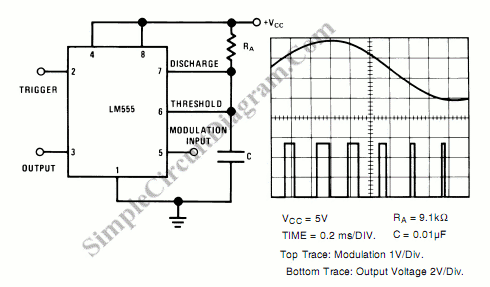

For \(m = 0.5\) though, the output voltages are within the capabilities of the DC bus with both modulation techniques, and the currents are identical regardless of the zero-sequence injection. The absence of distortion at \(m = 1.15\) with min/max injection – or SVPWM, since the methods are equivalent – is easier to observe by superimposing the experimental currents obtained with SPWM and SVPWM, as shown below.

Experimental results of the SPWM modulation with or without min/max injection However, the currents are undistorted if the SPWM is used in combination with a min/max injection, as observed after \(t = 120\, ms\). As a result, the output currents are flattened at their maximum, as shown in the figure below between \(t = 0\, ms\) and \(t = 60\, ms\). When the modulation index is \(m = 1.15\), the SPWM technique is in its overmodulation region. Then, in order to evaluate the impact of the modulation scheme, the modulation index is toggled between \(m = 0.5\) and \(m = 1.15\) each 60 ms. Instead, the line-to-line voltages can be observed indirectly through the load currents, since they are filtered by inductors. Since the output line-to-line voltages of the converter are switched, it would require heavy filtering to extract sinusoidal waveforms. The goal is to observe whether the line-to-line voltages are distorted or not, depending on the modulation scheme in use.


 0 kommentar(er)
0 kommentar(er)
